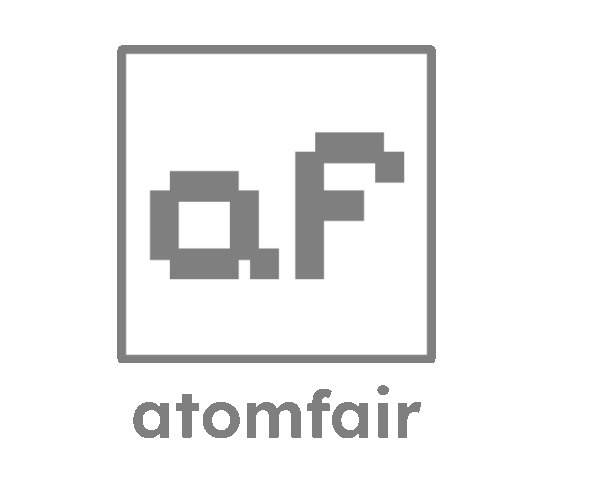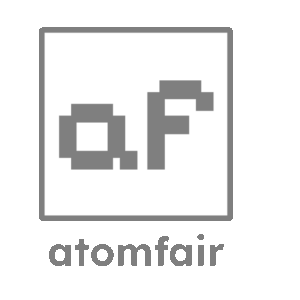Your cart is currently empty!

MIL-101(Fe) Iron MOF Powder CAS: 1189182-67-9| Multifunctional Porous Material | KAR-F49
MIL-101(Fe) (CAS: 1189182-67-9) is a benchmark MOF featuring iron oxide clusters ([Fe3O(COOH)6] SBUs) that create extraordinary cage-like pores (~29Å and 34Å) with abundant Lewis acid sites. The KAR-F49 product maintains MIL-101(Fe)’s record-high surface area (>3000 m²/g) and chemical stability through optimized synthesis, while guaranteeing industrial-scale reproducibility. This material demonstrates outstanding performance in Fenton-like pollutant degradation, controlled drug release, industrial waste gas purification, and energy storage devices, with standardized particle size (5-50μm) for versatile applications.
Description
Key Properties & Advantages
MIL-101(Fe) (KAR-F49)’s performance stems from its iron-based framework and hierarchical porous design:
Tunable Surface Chemistry: Easily modified via functional group incorporation (e.g., -NH₂, -COOH, -OH), enabling tailored adsorption affinity and selectivity for specific target molecules (e.g., pollutants, gases, organic compounds).
Hierarchical Porosity: Features a range of pore sizes (0.3–2.0 nm), facilitating efficient mass transport of both small and moderately sized molecules—critical for adsorption and catalytic reactions where diffusion limits performance.
High Surface Area (≥1000 m²/g): Provides abundant active sites for adsorption, catalytic reactions, and functionalization, enhancing efficiency in all applications.
Iron-Mediated Activity: Iron nodes contribute Lewis acidity and redox properties, supporting:
Intrinsic catalytic activity for oxidation/reduction reactions.
Photocatalytic performance (low band gap) under visible light.
Robust Stability: Maintains structural integrity in aqueous environments (pH 3–9) and moderate temperatures (up to 300°C under inert conditions), ensuring durability in industrial workflows.
Uniform Particle Size (1–3 μm): Ensures consistent packing in columns, uniform dispersion in composites (e.g., membranes), and reliable performance in scalable processes.
Core Applications
Customizable Adsorption & Separation
MIL-101(Fe) (KAR-F49)’s modifiable surface makes it ideal for targeted adsorption:
Functional Group Tuning: By adjusting surface (e.g., adding amine or carboxyl groups), adsorption capacity and selectivity for specific adsorbates (e.g., heavy metals, dyes, pharmaceuticals, CO₂) can be significantly enhanced.
Pollutant Removal: Efficiently captures organic and inorganic contaminants from water and air, with modified variants achieving high selectivity for priority pollutants (e.g., Cr(VI), bisphenol A).
Catalyst & Carbon-Based Electrocatalyst Production
Catalytic Reactions: Serves as a catalyst or catalyst support for organic transformations (e.g., oxidation of alcohols, coupling reactions) and environmental remediation (e.g., degradation of persistent organic pollutants).
Carbon-Based Electrocatalysts: Thermally decomposed to produce iron-doped porous carbon materials, which exhibit excellent performance in electrocatalytic reactions (e.g., oxygen reduction reaction, hydrogen evolution reaction) for energy storage and conversion devices (e.g., fuel cells, batteries).
Photocatalysis
Visible-Light Activity: Its low band gap enables efficient light absorption, driving photocatalytic reactions such as:
Water splitting for hydrogen production.
Degradation of organic pollutants under solar light.
CO₂ reduction to value-added chemicals, supporting sustainable energy research.
High-Selectivity Membranes
Functionalized Membrane Design: When integrated into polymer or ceramic membranes, modified MIL-101(Fe) enhances selectivity for target molecules (e.g., water/ethanol separation, gas mixtures like CO₂/CH₄), improving efficiency in industrial separation processes.
Technical Specifications
Parameter Details
CAS Number 1189182-67-9
Product Name MIL-101(Fe)
Model KAR-F49
Metal Node Iron(III) (Fe³⁺)
Particle Size 1–3 μm
BET Surface Area ≥1000 m²/g
Pore Size 0.3–2.0 nm (hierarchical micropores/mesopores)
Thermal Stability Up to 300°C (inert atmosphere)
pH Stability 3–9 (aqueous solutions)
Appearance Orange to reddish-brown crystalline powder
Quality Assurance
Each batch of KAR-F49 undergoes rigorous testing to ensure consistency:
X-ray diffraction (XRD) to confirm phase purity and structural integrity.
Nitrogen adsorption-desorption analysis to verify surface area and pore size distribution.
Scanning electron microscopy (SEM) to validate particle size uniformity.
Stability testing in aqueous and organic environments to ensure performance reliability.
A certificate of analysis (CoA) is provided with each order, documenting batch-specific properties.
Related products
-
Al-FUM Metal-Organic Framework Powder (CAS 1370461-06-5) – High-Capacity Adsorbent for Industrial Applications
-
Atomfair MXene
-
CALF-20 Metal-Organic Framework Powder (CAS 2589928-73-2) – High-Capacity CO₂ Capture Material
-
CAU-23 (KAR-F38) Metal-Organic Framework Powder | CAS 2050042-88-9 | for Gas Separation & Catalysis
-
DUT-67 (KAR-F36) High-Stability MOF Powder | For Catalysis & Molecular Sieving
